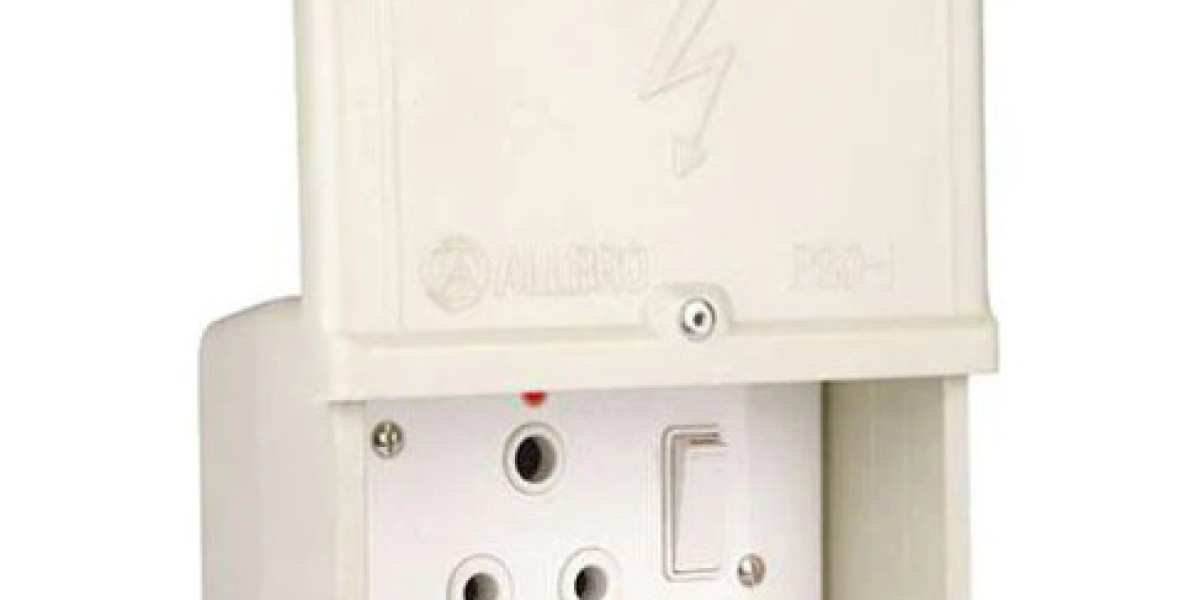As climate patterns grow more volatile, homeowners face a pressing challenge: safeguarding their properties against water damage and electrical risks. While reinforcing roofs and clearing gutters are common precautions, one essential upgrade frequently overlooked is the installation of a weatherproof electrical socket box . These specialized systems serve as a silent guardian for outdoor power access, blending practicality with critical protection during storms, floods, or heavy snowfall.
Extreme weather spares no region, from tropical hurricanes to sudden inland downpours. Traditional outdoor outlets, when exposed to moisture, can become hazards—sparking fires, short-circuiting devices, or endangering families. A weatherproof electrical socket box addresses these vulnerabilities through intelligent engineering. Its heavy-duty casing features sealed seams that repel water even under pressure, while corrosion-resistant materials withstand salt air, freezing temperatures, and UV exposure. Unlike standard covers that may warp or crack over time, these systems employ self-closing lids that snap shut automatically, blocking rain, debris, and pests.
The true innovation lies in combining physical durability with advanced safety protocols. Modern weather-resistant outlets integrate ground-fault protection, which instantly cuts power if irregular currents are detected—a lifesaving feature near pools, gardens, or any damp environment. This technology works silently in the background, allowing holiday lights, security systems, or emergency generators to operate uninterrupted. For households prioritizing convenience, smart-enabled models sync with home automation platforms. Imagine adjusting patio lighting, de-icing walkways, or activating sump pumps remotely via smartphone, even during a blackout. Such integration ensures functionality without compromising safety.
Installing these systems requires strategic planning. Begin by identifying sheltered locations—under eaves, within covered patios, or away from direct downspouts—to minimize water exposure. While professional electricians ensure adherence to regional safety standards, confident DIYers can tackle the project by following clear guidelines. Always start by shutting off power at the breaker, then secure the unit tightly to prevent wind damage. Applying silicone sealant around edges adds an extra moisture barrier, while angled mounting directs rainwater away from the outlet face.
Maintenance is straightforward: inspect covers seasonally for debris buildup, test safety switches monthly, and replace components showing wear. For homes in flood-prone zones, elevating outlets above projected water levels adds another layer of security. Pairing these installations with surge protectors shields sensitive electronics from voltage spikes caused by lightning or grid fluctuations.
Beyond practicality, weather-resistant outlets contribute to long-term resilience. They protect property investments, reduce insurance risks, and ensure families retain power for communication or medical devices during emergencies. As weather extremes become the norm, proactive upgrades transform reactive worry into lasting preparedness.
For those seeking reliability without sacrificing aesthetics, explore solutions that harmonize robust protection with sleek, low-profile designs. Visit www.nante.com to discover a curated selection of durable, code-compliant systems engineered to endure nature’s fiercest challenges while blending seamlessly into your home’s exterior. From minimalist enclosures to smart-ready hubs, the right choice ensures your outdoor spaces remain both safe and functional—no matter what the skies bring.







